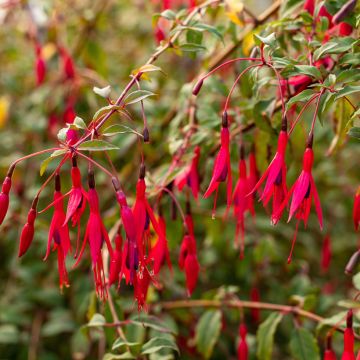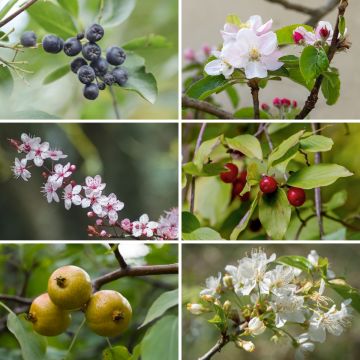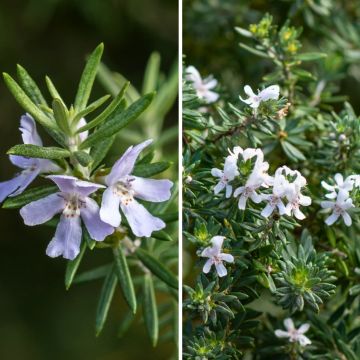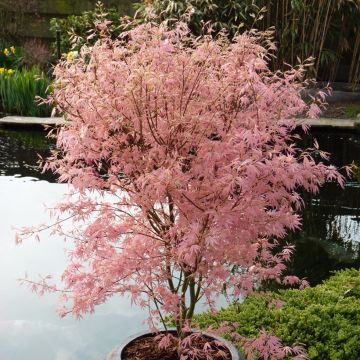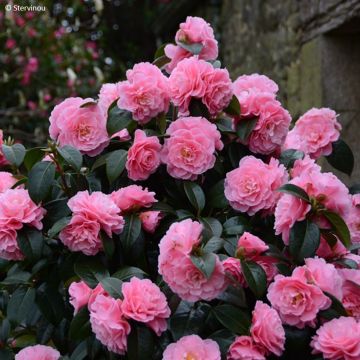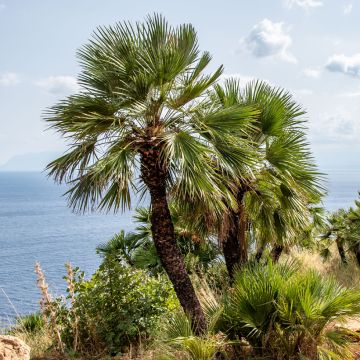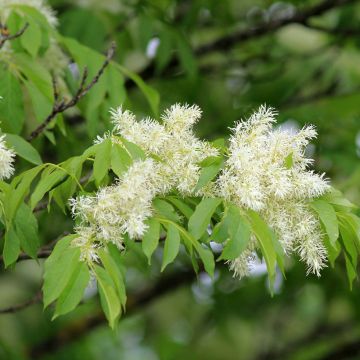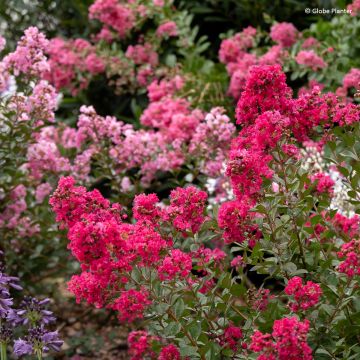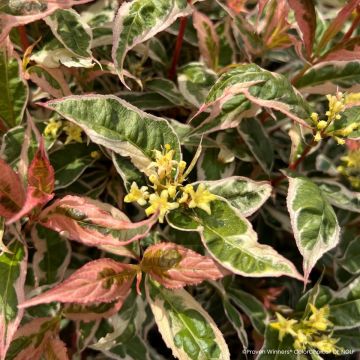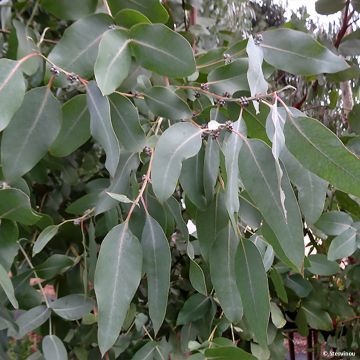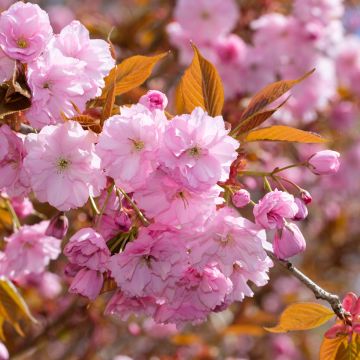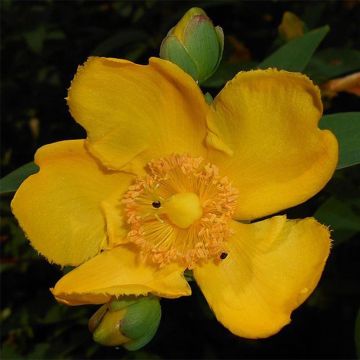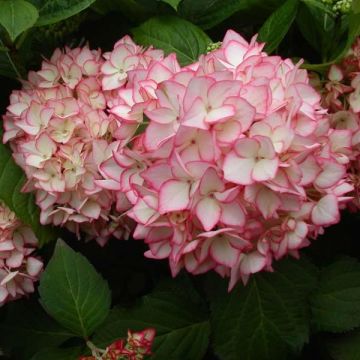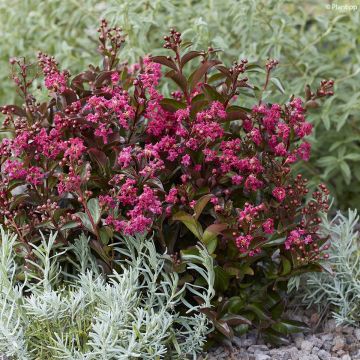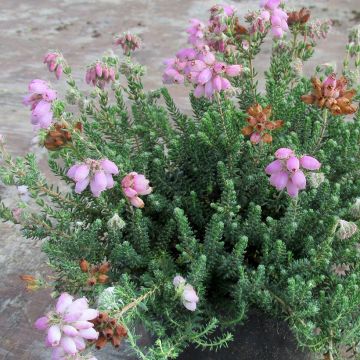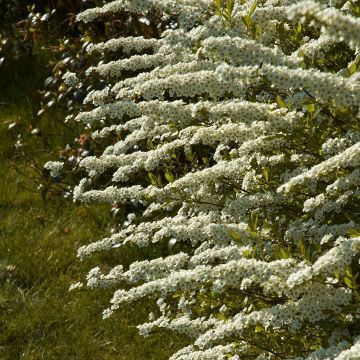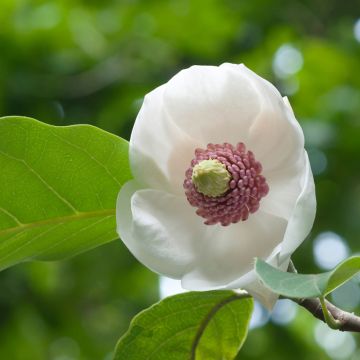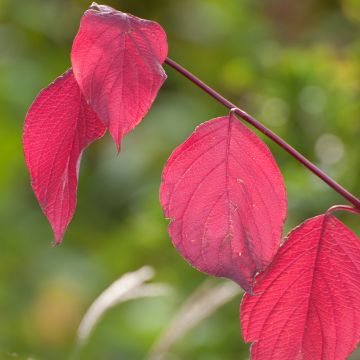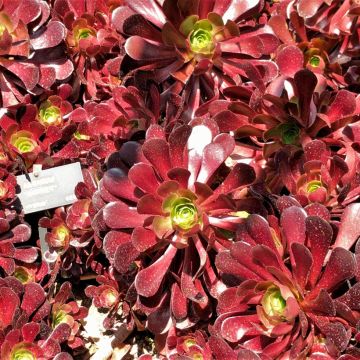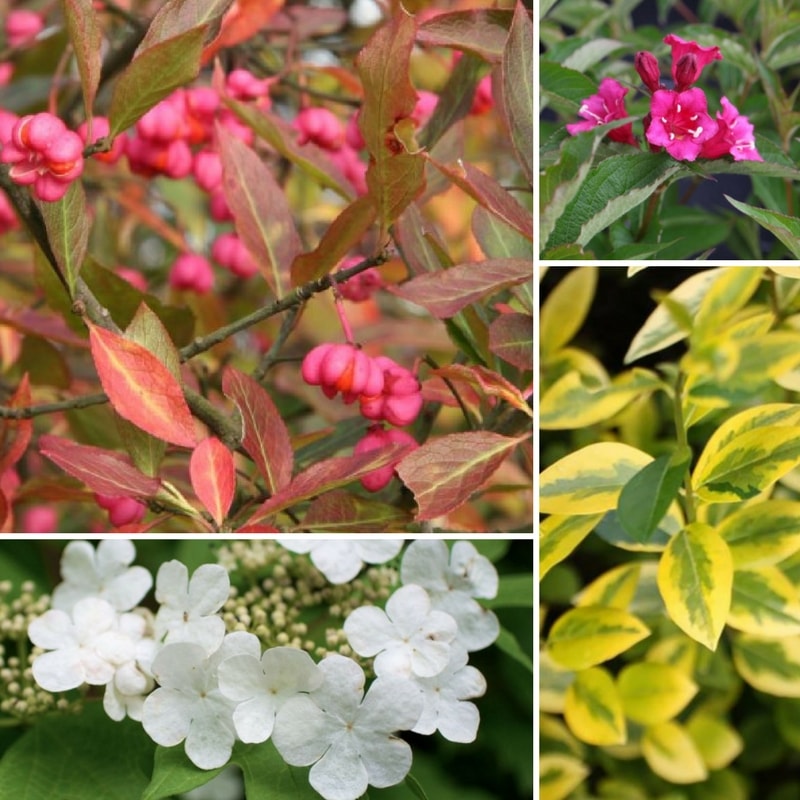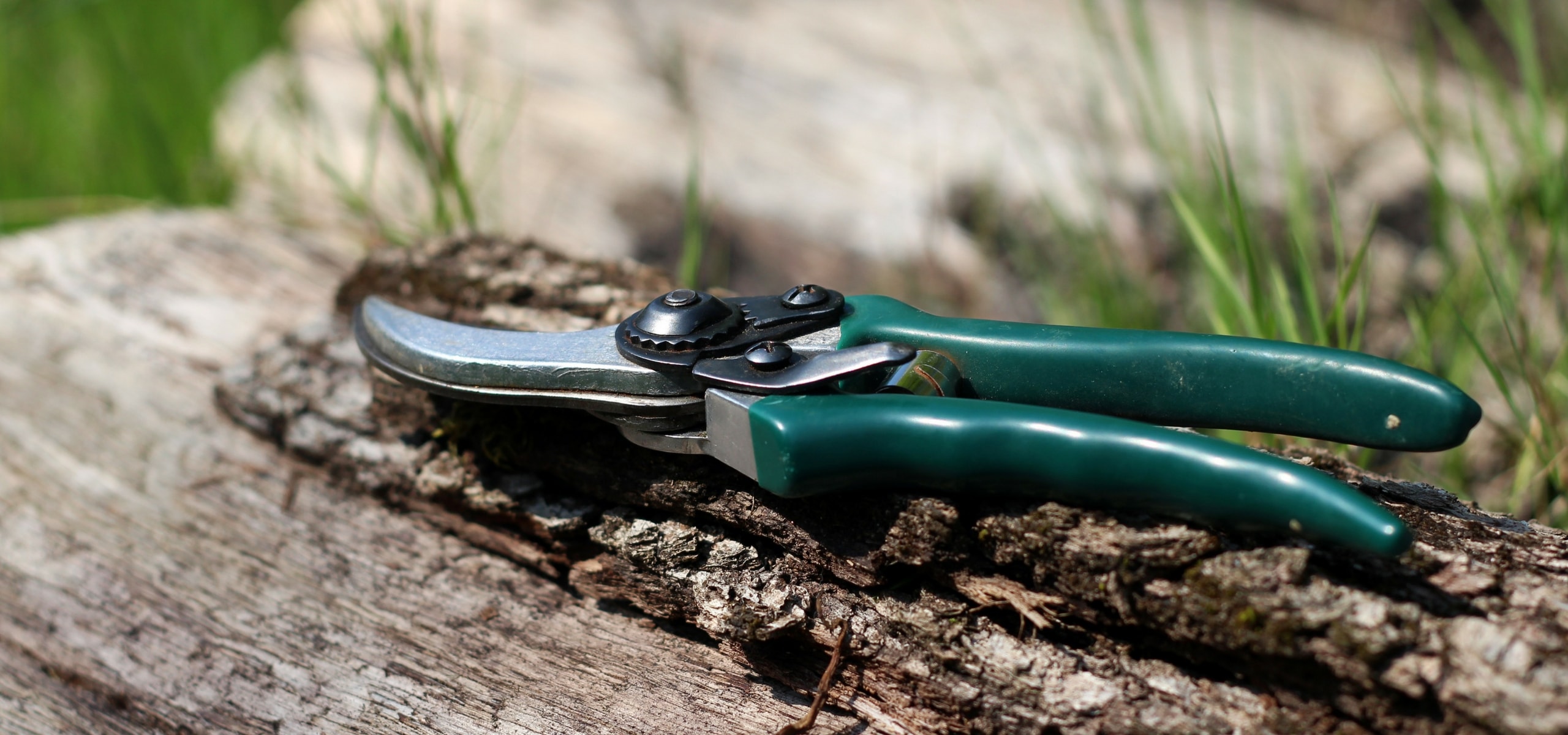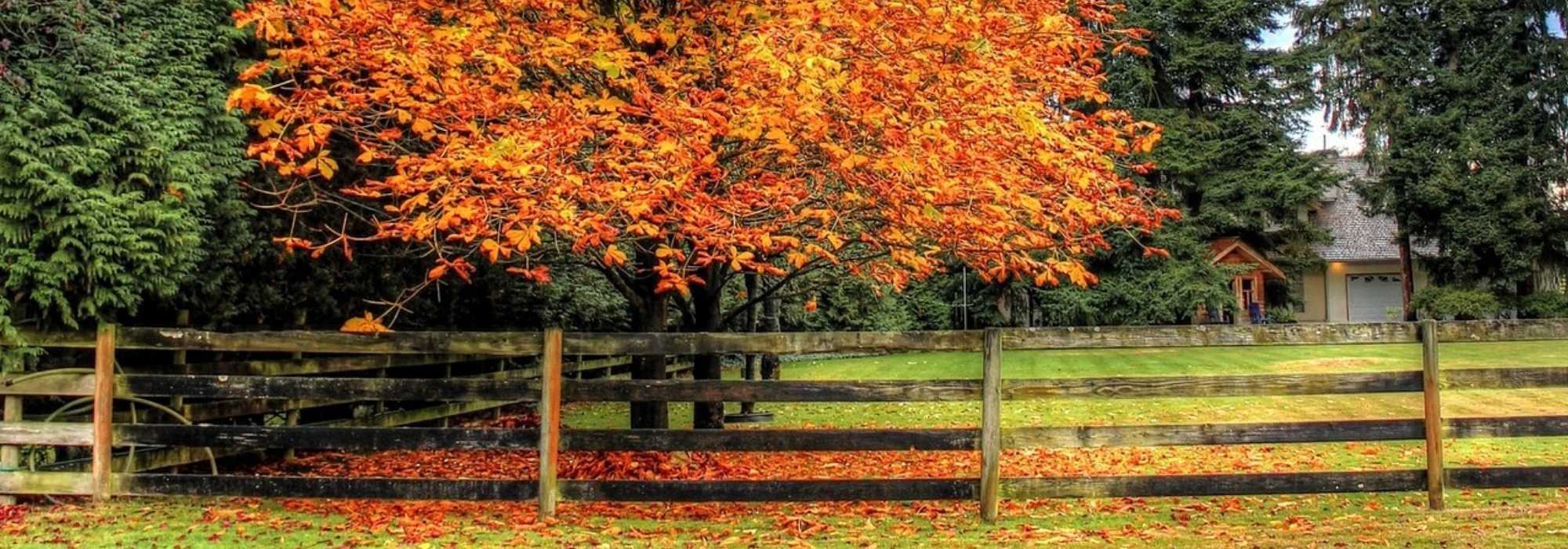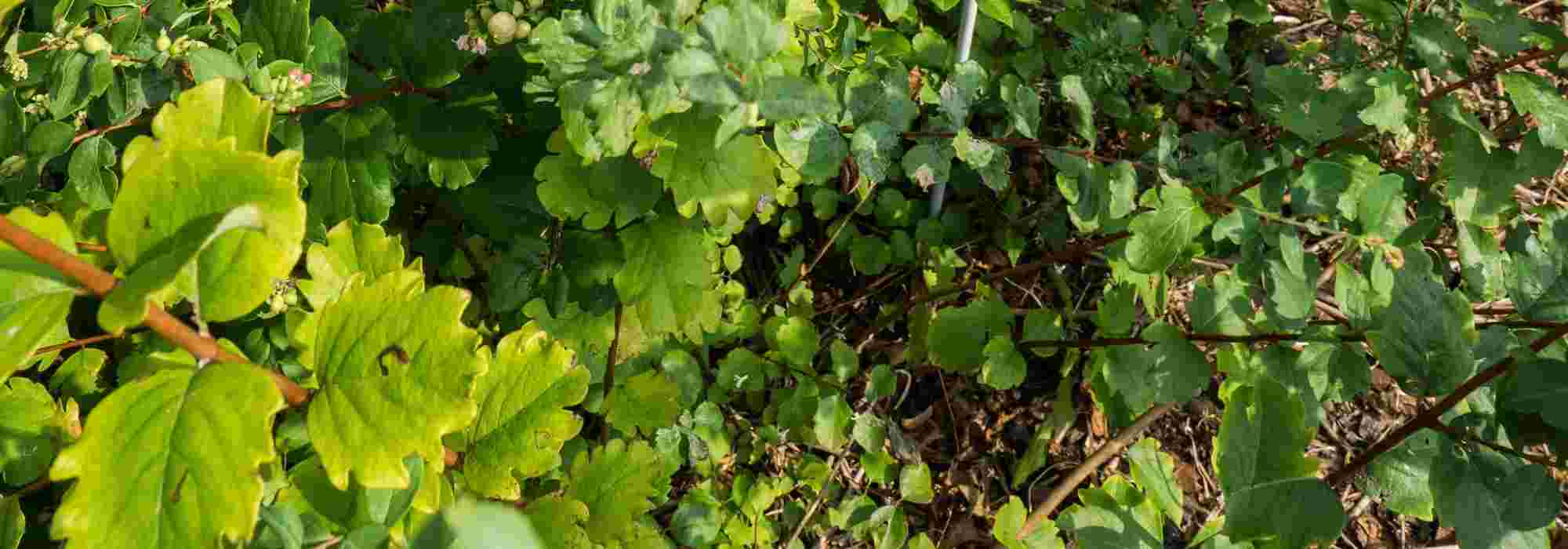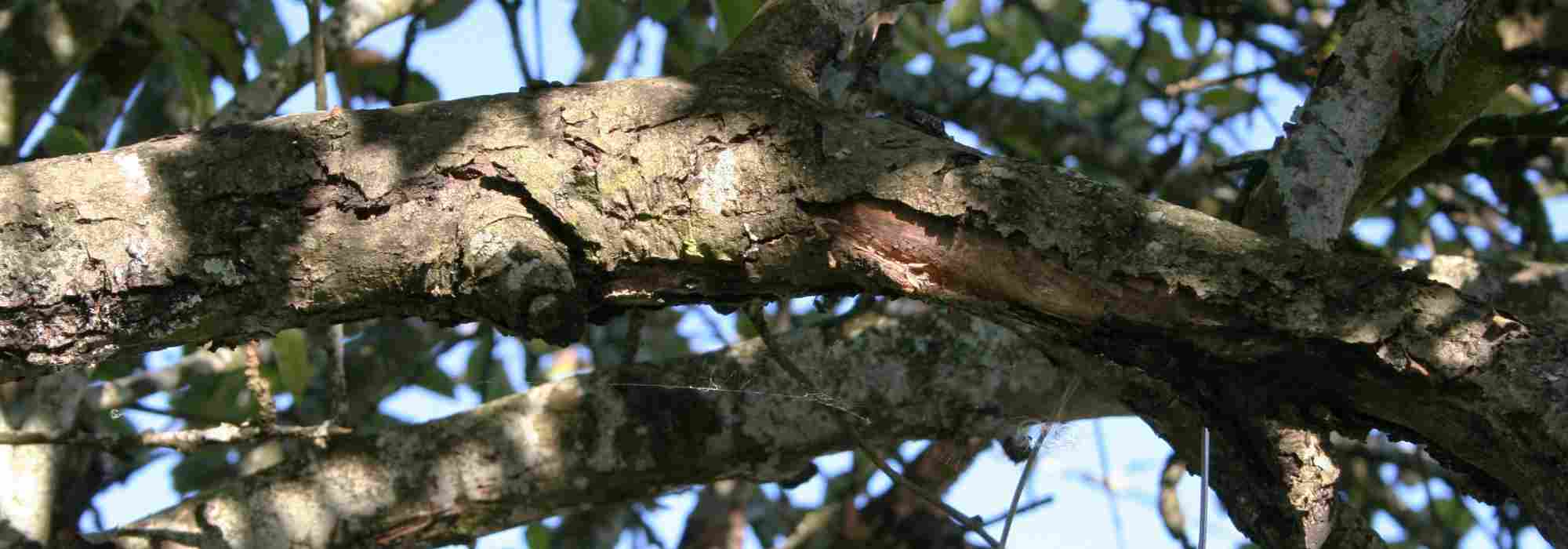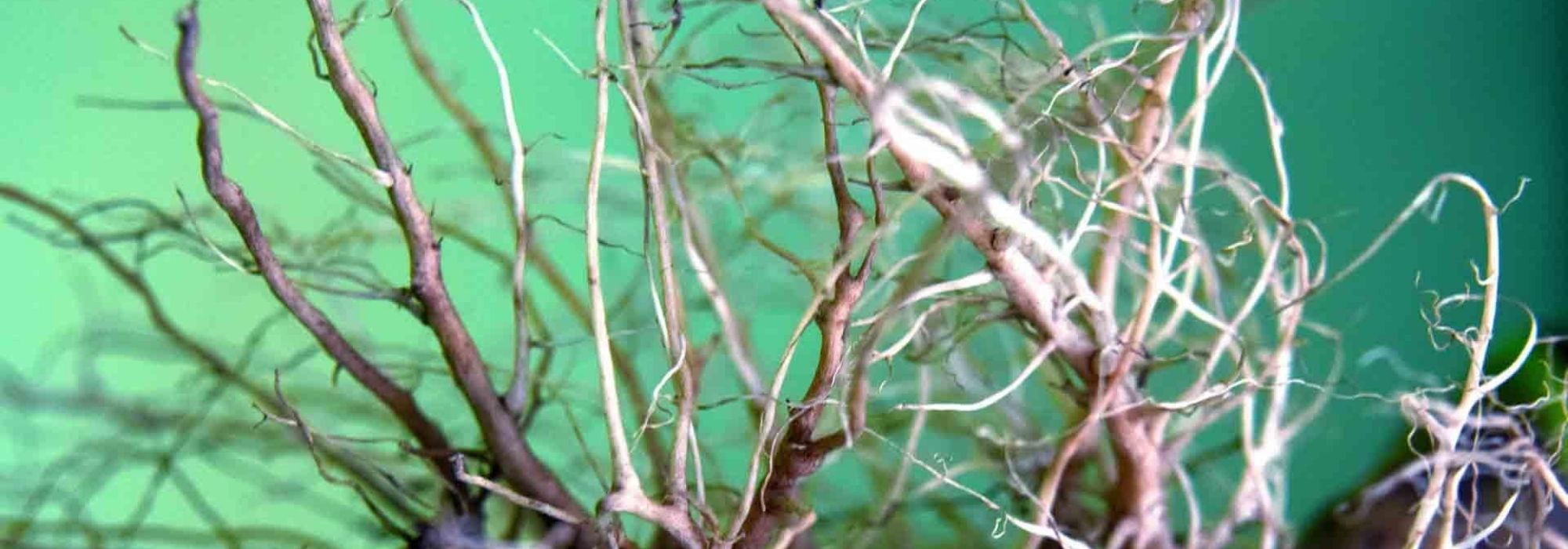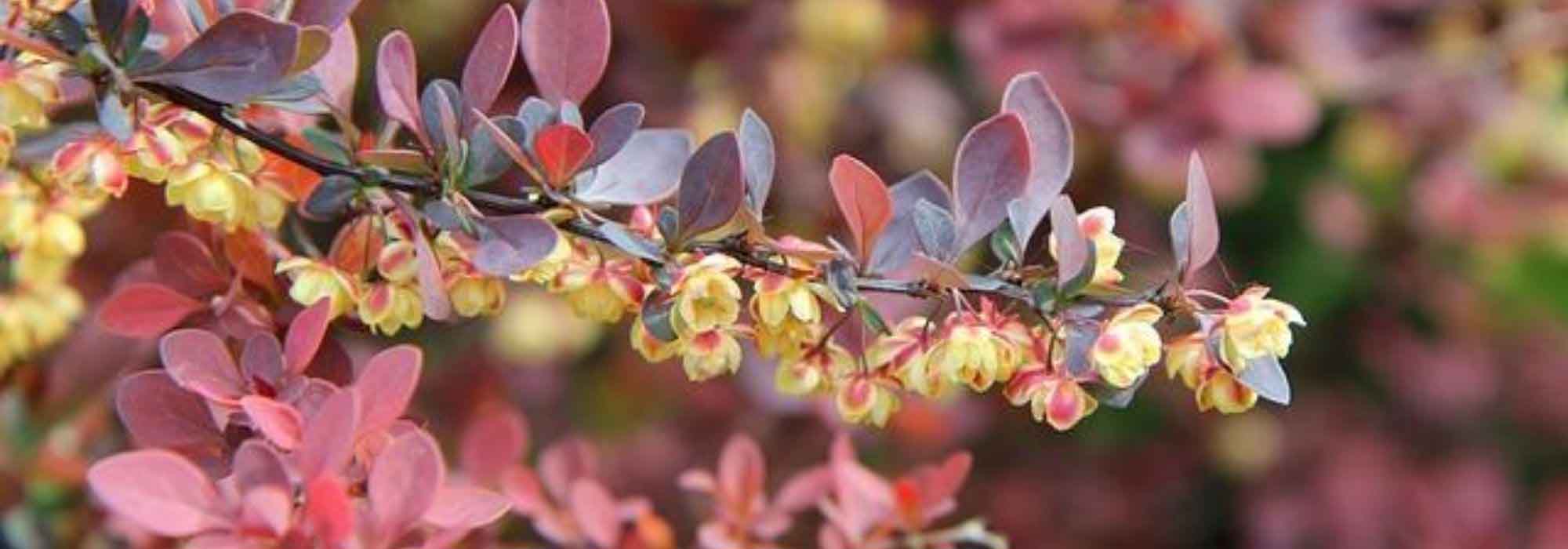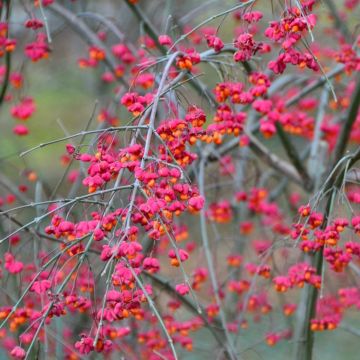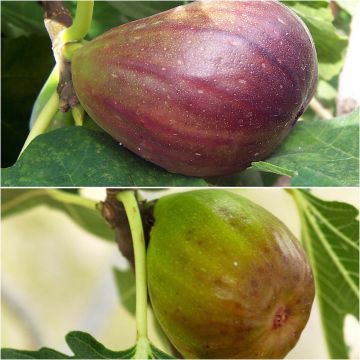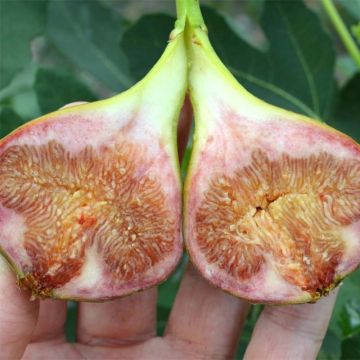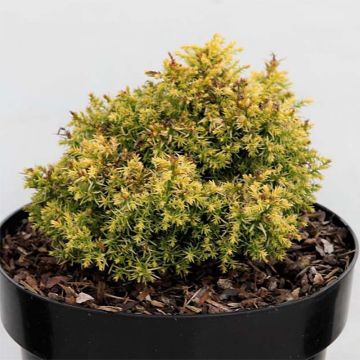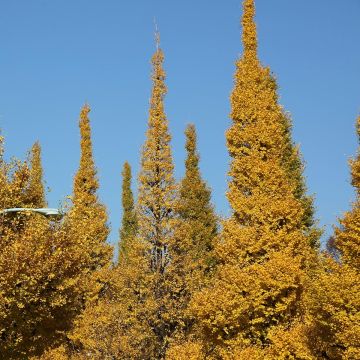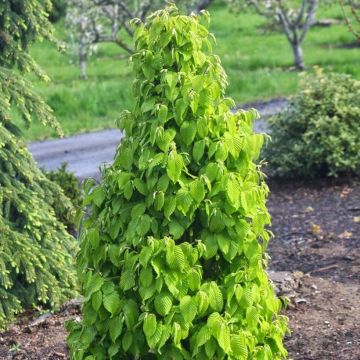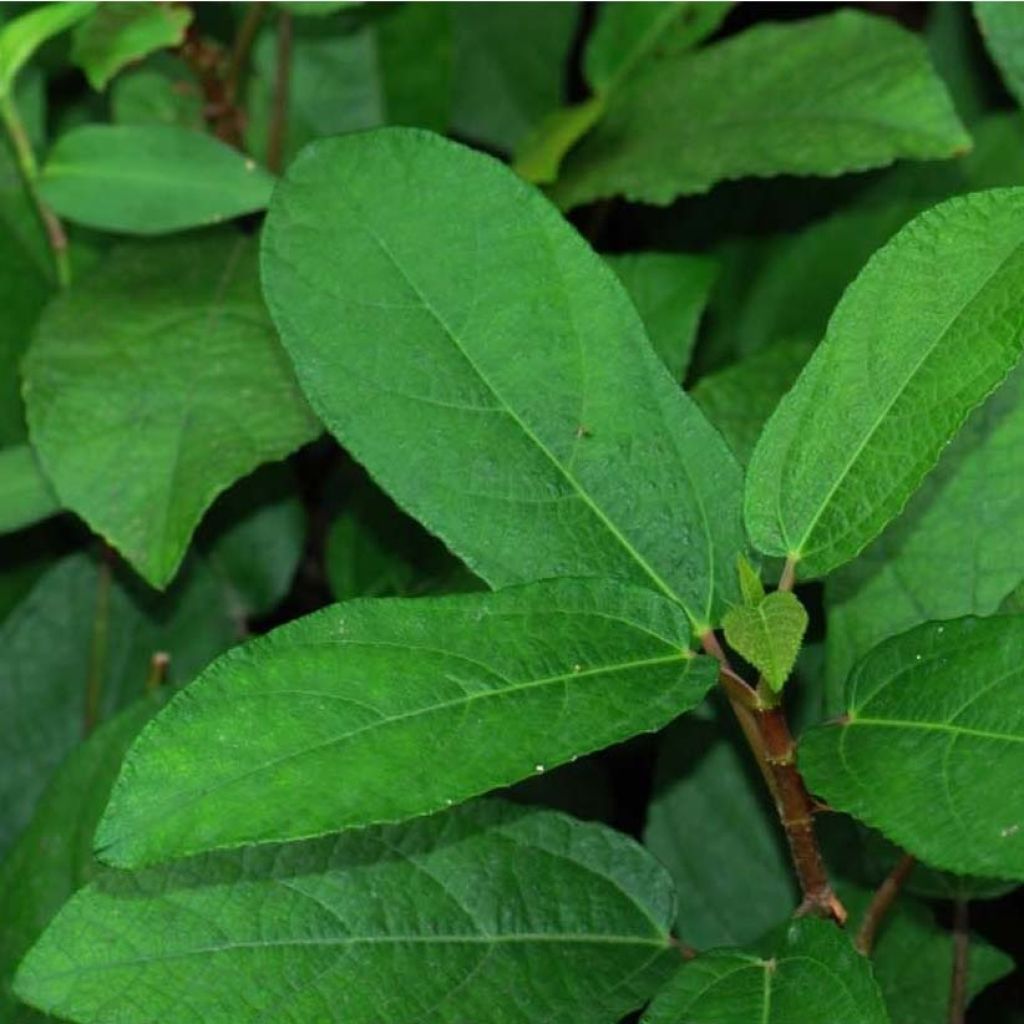

Ficus tikoua - Figuier des guêpes
Ficus tikoua - Prostrate fig
Ficus tikoua
Prostrate fig
Special offer!
Receive a €20 voucher for any order over €90 (excluding delivery costs, credit notes, and plastic-free options)!
1- Add your favorite plants to your cart.
2- Once you have reached €90, confirm your order (you can even choose the delivery date!).
3- As soon as your order is shipped, you will receive an email containing your voucher code, valid for 3 months (90 days).
Your voucher is unique and can only be used once, for any order with a minimum value of €20, excluding delivery costs.
Can be combined with other current offers, non-divisible and non-refundable.
Why not try an alternative variety in stock?
View all →This plant carries a 24 months recovery warranty
More information
We guarantee the quality of our plants for a full growing cycle, and will replace at our expense any plant that fails to recover under normal climatic and planting conditions.
Would this plant suit my garden?
Set up your Plantfit profile →
Description
The Ficus tikoua, also known as the Wasp Fig, is a species of creeping or climbing fig tree that is tender and rare in cultivation, capable of covering several square metres, forming an elegant ground cover that follows the contours of the ground or large rocks: its slender branches develop adventitious roots in places, enabling it to climb various supports. Its foliage is semi-evergreen to deciduous in winter depending on the cold. Suitable for planting in the ground in regions spared from severe frosts, this fig tree can make a very attractive plant for patios or balconies, but must be sheltered in less favourable climates.
Like all figs trees, the Ficus tikoua belongs to the Moraceae family. It is native to China, northeastern India, Laos, and northern Vietnam, where it grows in fallow lands and rock crevices up to 4000 metres in altitude. Its hardiness enables it to withstand short frosts of around -6°C, possibly more if its stump is well protected in winter, as evidenced by a specimen planted in the Strasbourg's Botanical Garden. Not exceeding 30 cm in height, this bush can develop branches 2-3 m long. It is a dioecious plant, meaning that there are distinct male and female individuals. Reproduction in this fig tree is closely linked to the presence of small wasps living in the flowers of male plants that will pollinate the flowers of female plants.
The Wasp Fig tree is an elegant collector's plant perfectly suited to exotic or Japanese-style decors. In milder regions, it will thrive in a large rockery that is not too dry, planted in a pocket of humus between large stones. It could also be acclimatised in a large container on a patio, placed in fairly acidic, very well-draining yet moist substrate. It will form a beautiful ground cover in a heathland bed, beneath rhododendrons, camellias, and azaleas, for example.
Report an error about the product description
Ficus tikoua - Prostrate fig in pictures
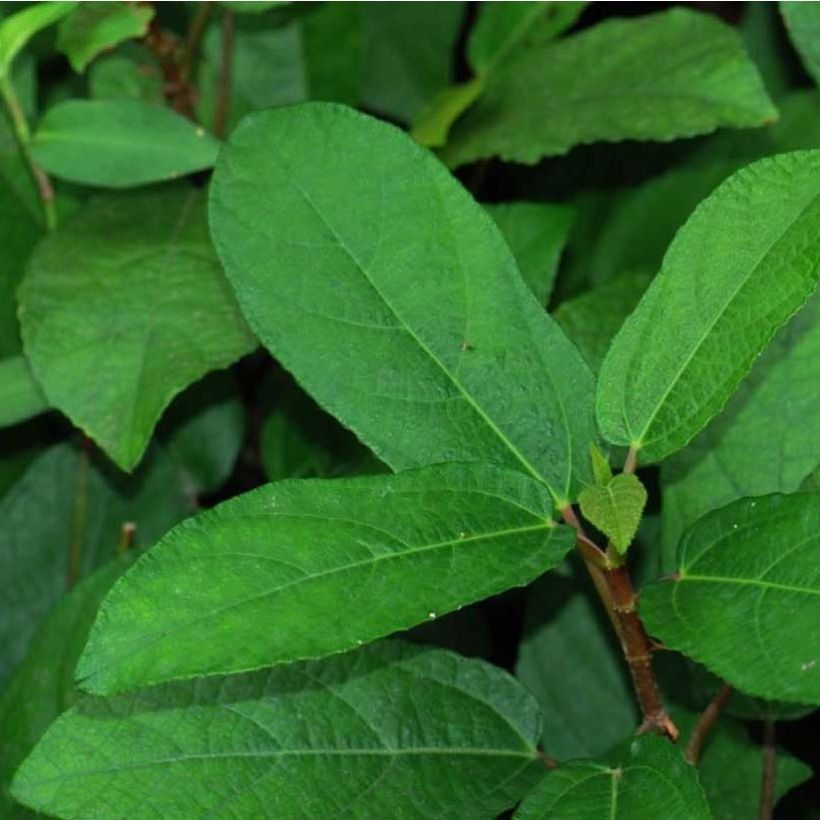

Plant habit
Flowering
Foliage
Botanical data
Ficus
tikoua
Moraceae
Prostrate fig
Southeast Asia
Other Shrubs A to Z
View all →Planting and care
The Ficus tikoua can be planted in the ground in regions spared from severe frosts. Its hardiness enables it to withstand short frosts of around -6°C, possibly lower if its stump is protected. It is best planted in spring, in humus-rich, well-drained, preferably acidic to neutral or even slightly chalky soil. Choose a bright but not scorching position in sun or partial shade. In spring, prune any branches that have been frost-damaged; this fig tree can regrow from the stump if it had been covered with a thick mulch in winter.
Container cultivation is possible, allowing the plant to be overwintered in a bright, unheated or minimally heated space in colder regions. Make sure to provide a good drainage layer at the bottom of the pot (clay pebbles, pottery shards, non-chalky gravel) and monitor watering throughout the growth period. Use high-quality potting compost, apply a universal fertiliser, and preferably water with non-chalky water. Reduce watering in winter.
Planting period
Intended location
Care
Planting & care advice
This item has not been reviewed yet - be the first to leave a review about it.
Similar products
Haven't found what you were looking for?
Hardiness is the lowest winter temperature a plant can endure without suffering serious damage or even dying. However, hardiness is affected by location (a sheltered area, such as a patio), protection (winter cover) and soil type (hardiness is improved by well-drained soil).

Photo Sharing Terms & Conditions
In order to encourage gardeners to interact and share their experiences, Promesse de fleurs offers various media enabling content to be uploaded onto its Site - in particular via the ‘Photo sharing’ module.
The User agrees to refrain from:
- Posting any content that is illegal, prejudicial, insulting, racist, inciteful to hatred, revisionist, contrary to public decency, that infringes on privacy or on the privacy rights of third parties, in particular the publicity rights of persons and goods, intellectual property rights, or the right to privacy.
- Submitting content on behalf of a third party;
- Impersonate the identity of a third party and/or publish any personal information about a third party;
In general, the User undertakes to refrain from any unethical behaviour.
All Content (in particular text, comments, files, images, photos, videos, creative works, etc.), which may be subject to property or intellectual property rights, image or other private rights, shall remain the property of the User, subject to the limited rights granted by the terms of the licence granted by Promesse de fleurs as stated below. Users are at liberty to publish or not to publish such Content on the Site, notably via the ‘Photo Sharing’ facility, and accept that this Content shall be made public and freely accessible, notably on the Internet.
Users further acknowledge, undertake to have ,and guarantee that they hold all necessary rights and permissions to publish such material on the Site, in particular with regard to the legislation in force pertaining to any privacy, property, intellectual property, image, or contractual rights, or rights of any other nature. By publishing such Content on the Site, Users acknowledge accepting full liability as publishers of the Content within the meaning of the law, and grant Promesse de fleurs, free of charge, an inclusive, worldwide licence for the said Content for the entire duration of its publication, including all reproduction, representation, up/downloading, displaying, performing, transmission, and storage rights.
Users also grant permission for their name to be linked to the Content and accept that this link may not always be made available.
By engaging in posting material, Users consent to their Content becoming automatically accessible on the Internet, in particular on other sites and/or blogs and/or web pages of the Promesse de fleurs site, including in particular social pages and the Promesse de fleurs catalogue.
Users may secure the removal of entrusted content free of charge by issuing a simple request via our contact form.
The flowering period indicated on our website applies to countries and regions located in USDA zone 8 (France, the United Kingdom, Ireland, the Netherlands, etc.)
It will vary according to where you live:
- In zones 9 to 10 (Italy, Spain, Greece, etc.), flowering will occur about 2 to 4 weeks earlier.
- In zones 6 to 7 (Germany, Poland, Slovenia, and lower mountainous regions), flowering will be delayed by 2 to 3 weeks.
- In zone 5 (Central Europe, Scandinavia), blooming will be delayed by 3 to 5 weeks.
In temperate climates, pruning of spring-flowering shrubs (forsythia, spireas, etc.) should be done just after flowering.
Pruning of summer-flowering shrubs (Indian Lilac, Perovskia, etc.) can be done in winter or spring.
In cold regions as well as with frost-sensitive plants, avoid pruning too early when severe frosts may still occur.
The planting period indicated on our website applies to countries and regions located in USDA zone 8 (France, United Kingdom, Ireland, Netherlands).
It will vary according to where you live:
- In Mediterranean zones (Marseille, Madrid, Milan, etc.), autumn and winter are the best planting periods.
- In continental zones (Strasbourg, Munich, Vienna, etc.), delay planting by 2 to 3 weeks in spring and bring it forward by 2 to 4 weeks in autumn.
- In mountainous regions (the Alps, Pyrenees, Carpathians, etc.), it is best to plant in late spring (May-June) or late summer (August-September).
The harvesting period indicated on our website applies to countries and regions in USDA zone 8 (France, England, Ireland, the Netherlands).
In colder areas (Scandinavia, Poland, Austria...) fruit and vegetable harvests are likely to be delayed by 3-4 weeks.
In warmer areas (Italy, Spain, Greece, etc.), harvesting will probably take place earlier, depending on weather conditions.
The sowing periods indicated on our website apply to countries and regions within USDA Zone 8 (France, UK, Ireland, Netherlands).
In colder areas (Scandinavia, Poland, Austria...), delay any outdoor sowing by 3-4 weeks, or sow under glass.
In warmer climes (Italy, Spain, Greece, etc.), bring outdoor sowing forward by a few weeks.






























